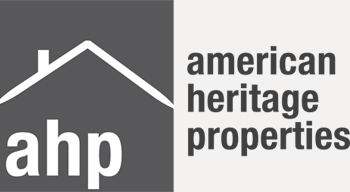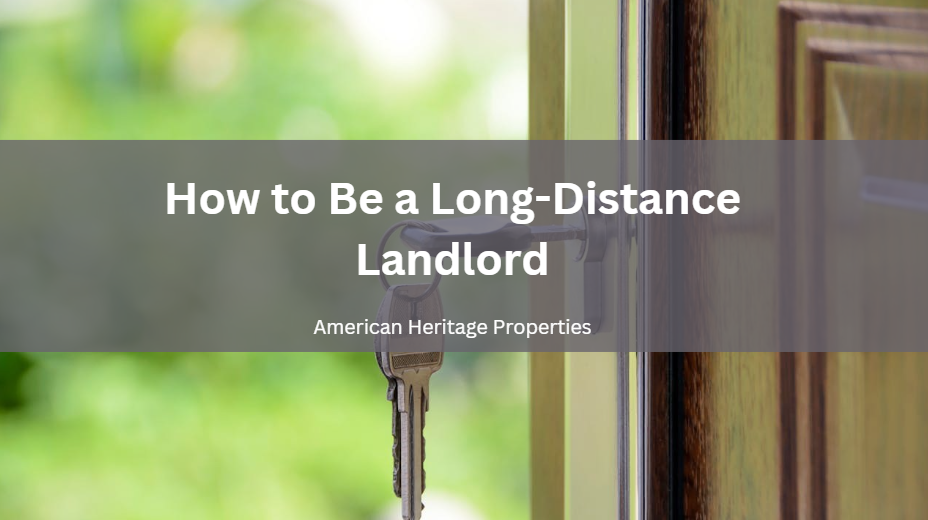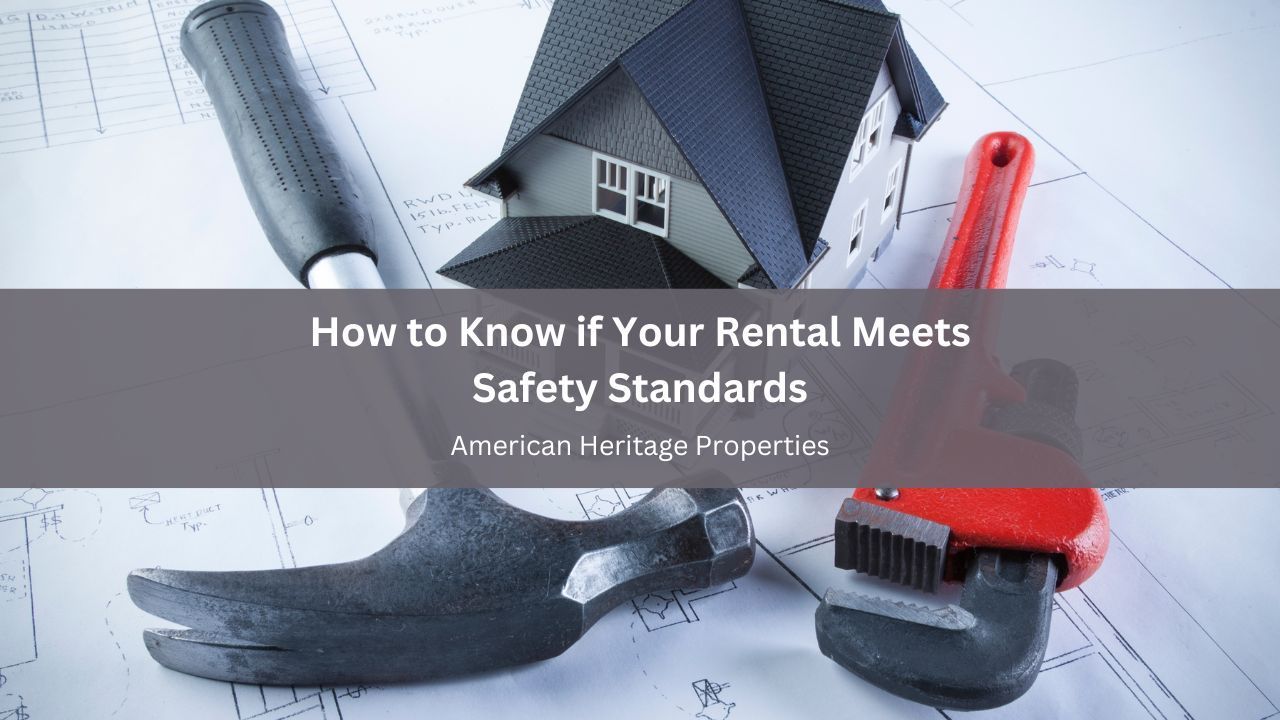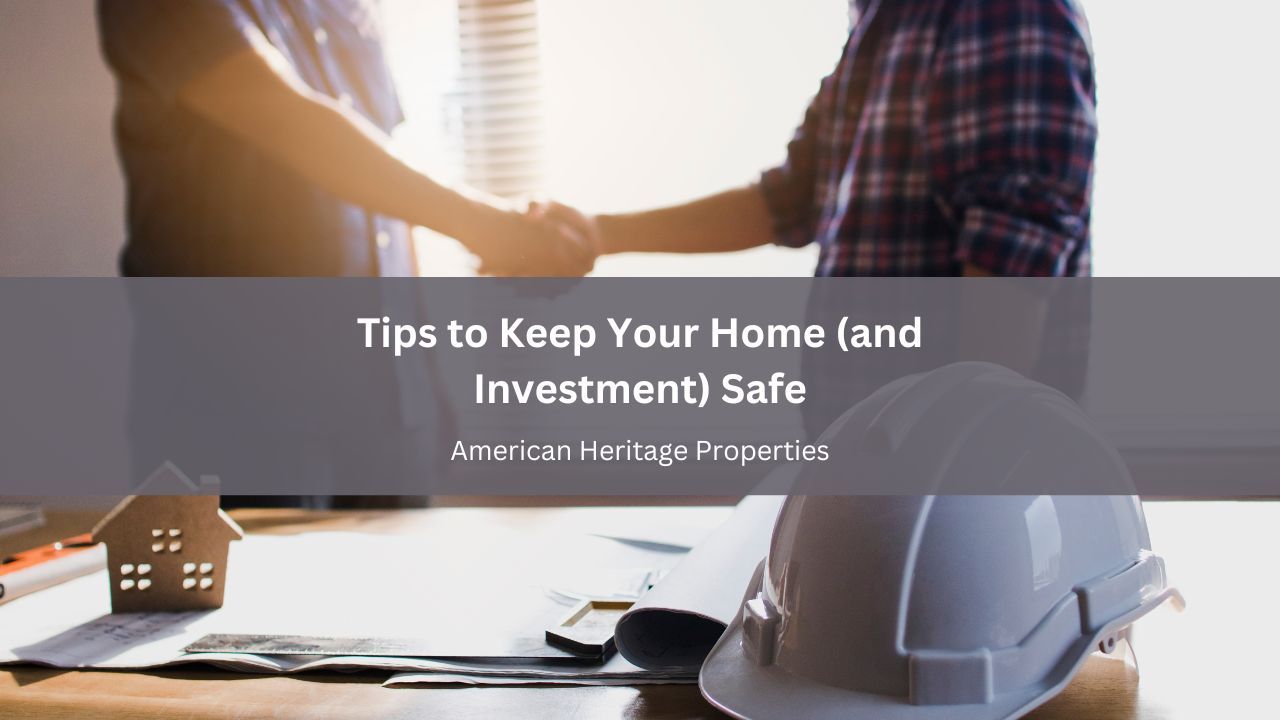How much notice is required to move out? Not as easy as you might think…
The question of how many days are required for notice comes up frequently. I will first address when a tenant is on a periodic tenancy, often referred to as a month to month agreement. This can either be an original month to month rental agreement, or the lease may have expired and the tenant has continued on a periodic tenancy which is the same as a month to month agreement.
Tenants are only required to give 30 days notice.
Landlords are required to give 30 days notice if the tenant has resided in the premises for less than a year. If the tenant has resided for longer than a year then 60 days notice is required. In addition, if the home is located in the city of San Diego then a specific reason is needed if the tenant has resided in the home for more than two years. This is part of the “Just Cause Eviction” law that was put into place several years ago and there is a list of legitimate reasons that the landlord can use, but it has to be one of the specified reasons.
Next, if a tenant is in the lease then the rules change. As long as written notice is required in the lease then the landlord usually can give the tenant 30 days notice to move out at the expiration of the lease regardless of how long the tenant has occupied the home.
In my experience, the best practice under most situations is to give the tenant 60 days notice regardless of the how long they have occupied the home. Not only is this a courtesy, but it also gives them a better opportunity to be out when the notice expires.
There is an exemption for the 60 days notice when a home is being sold that would allow 30 days notice but because I do not handle sales I do not have experience with this exemption.
Since I am not an attorney, this is not legal advice and I have to recommend you consult an attorney if you need representation in exercising your rights.
Always remember to properly prepare and serve notices–if you don’t know how to do that then ask a professional.









